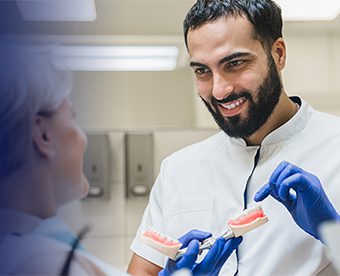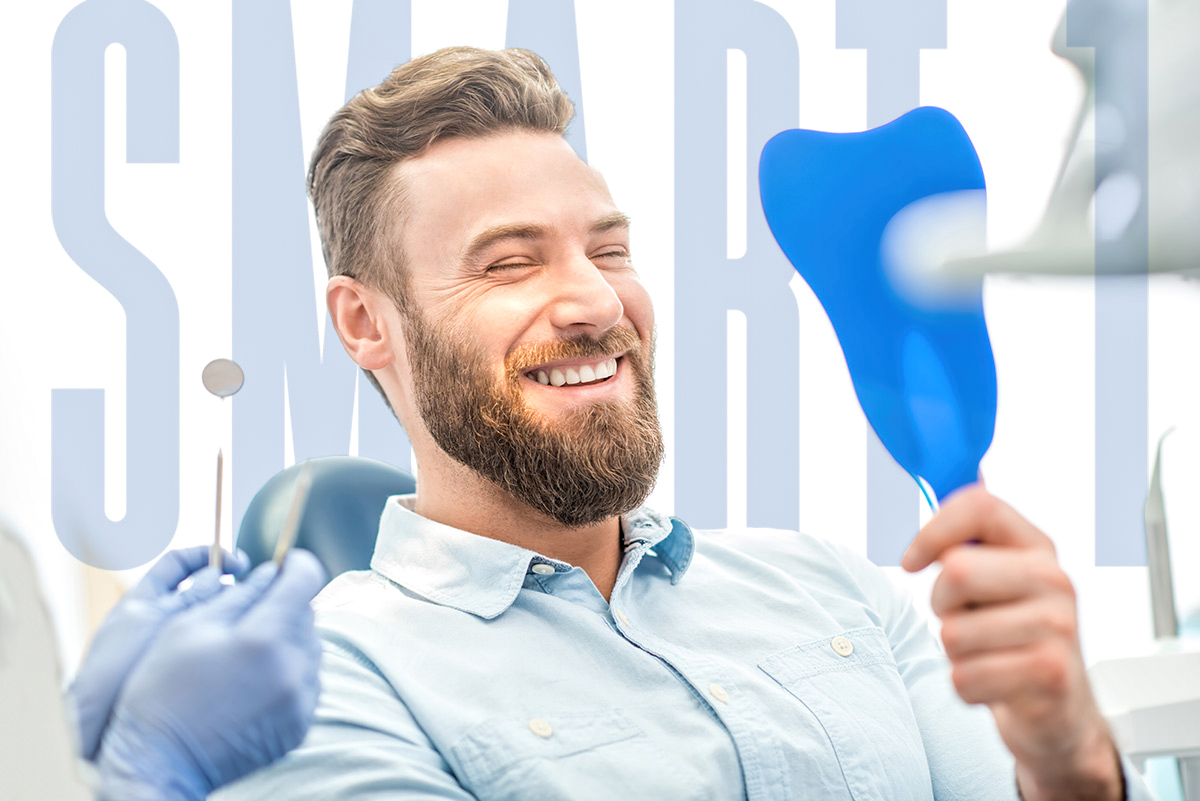Technology continues to advance in dentistry at a rapid pace. With each passing year, improvements continue to affect profitability, efficiency, and quality.
One of the most critical components of a successful dental practice is its relationship with the dental lab. The ability to communicate effectively and provide accuracy in processes is vital. It has been a driver for Burbank Dental Lab to evaluate advancements in the dental industry and ensure that they are made available to customers. These advancements have made a significant impact on the relationship between the dentist and the dental laboratory.
The most impactful technologies introduced to the field of dentistry are those involved with digital workflows.
Advantages of Digital Workflows
Few advancements have changed the way dentists and laboratories function as actively as the introduction of intraoral scanners (IOS). Utilizing an intraoral scanner to create a digital impression eliminates the need for physical impressions. Typically cases are completed in less time and provide the dentist and laboratory with a powerful communication tool. This added communication results in improved quality, efficiency, lower costs, and better patient experience.
Using an intraoral scanner eliminates the process of using a physical impression. The scanner provides an accurate representation of the mouth that the lab can use to fabricate the prescribed restoration. The ability to send a digital file to the laboratory offers many benefits. With digital scans, the data is immediately sent to the laboratory. There is no need to pack and ship any physical materials, like models or impressions. Sending a digital impression not only lowers costs but also improves efficiency. In reality, once the scan is received at the laboratory, the fabrication process can immediately improve turnaround times.
Intraoral scanners provide precise scans that effectively replicate the necessary oral data. With these data points, Burbank Dental Lab can take that information and make excellent restorations that are aesthetically pleasing and have a great fit and sound margins. As a result, remakes become less frequent and save valuable time.
Once a scan is completed in the office, the file can be evaluated in 3D. The dentist and the lab have the opportunity to assess the scan in real-time while the patient is still in the chair. If there are any concerns or any corrections that need to be made, they can be done while the patient is still numb. Dentists can receive feedback on preparation design. Also, screenshots can be shared with the dentist to communicate issues or discuss treatment plans. Ideally, digital scans can be shared, starting with the model work through the final restoration. This process makes communicating more accessible and far more productive.
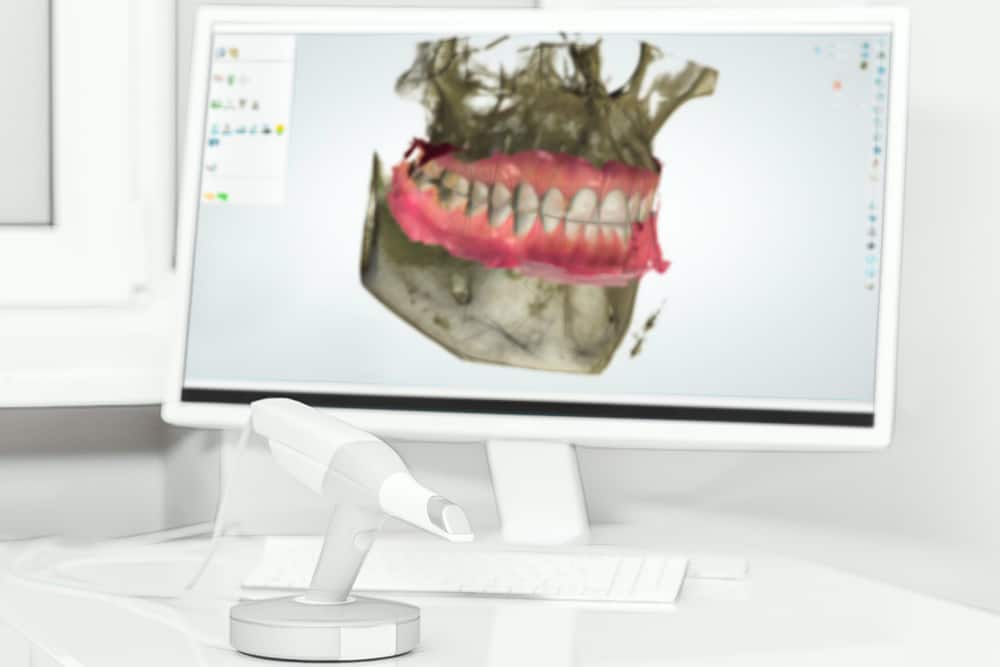
Another benefit of digital impressions is the patient experience. Taking a digital impression instead of a traditional chemical impression is a faster and more comfortable impression method. Also, digital impressions provide the patient with a more comprehensive experience in which they can become more vested during the restorative process. The visual aspects of intraoral scans are a great connecting tool for dentists and patients and help the patients connect to their overall dental health.
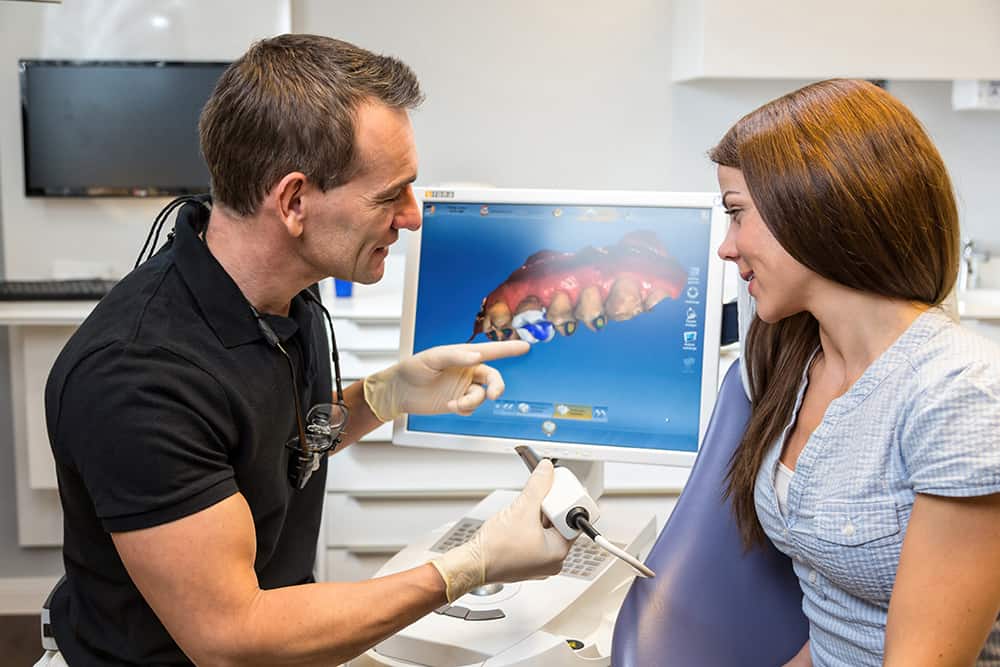
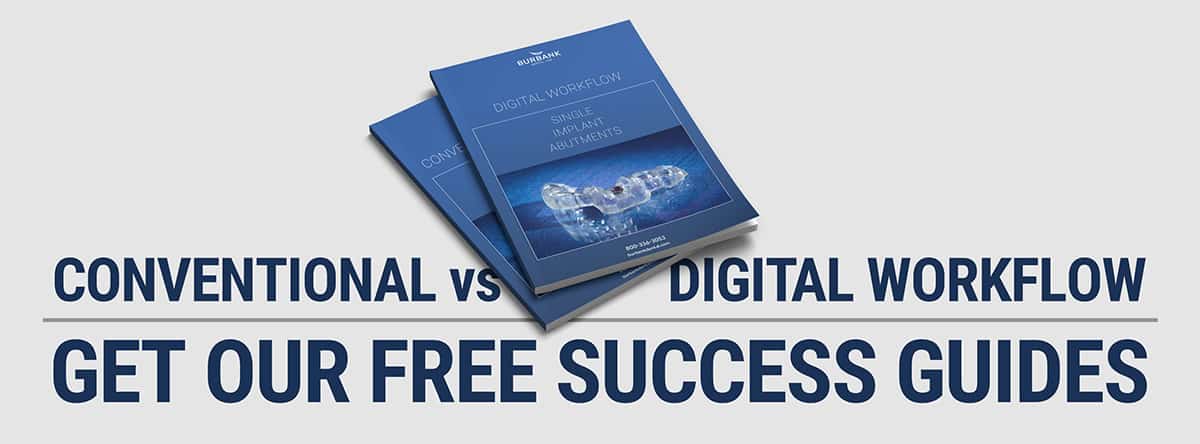
Digital Workflow
1. Cone-beam computed tomography (CBCT)
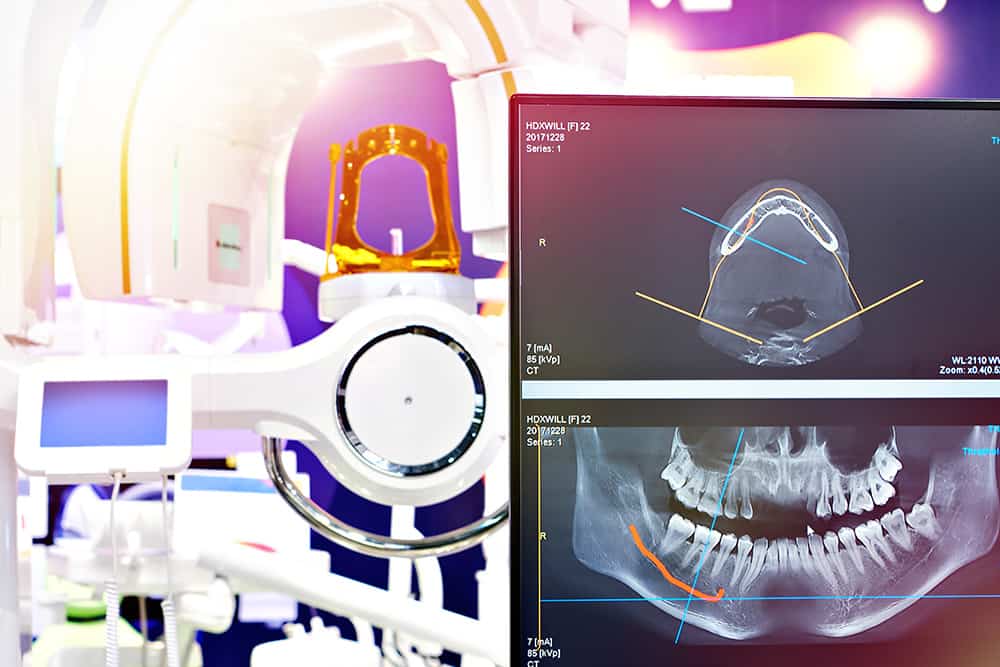
In cases involving implant restorations, it is highly recommended to start the case with a CBCT scan. (fig.3) These scans are the cornerstone for accurately placing implant restorations. These scans provide the following benefits:
3-D visual of oral bony characteristics to help with the diagnosis and placement of implants
Fabrication of surgical guides for proper implant placement
Can be integrated with CAD/CAM
2. Diagnostic rendering
An intraoral scanner is used to capture the oral dentition of both the mandible and maxillary arch, complete with an accurate relation of the patient's bite. This file is sent to the lab along with details of the desired outcome. A digital diagnostic rendering, similar to a diagnostic wax-up, is created using 3D design software. The dentist evaluates this digital rendition of the proposed restorations. A remote exchange can take place where modifications can be made until the desired outcome is achieved. This rendition becomes the foundation for the rest of the case.
3. Provisionals
The approved digital diagnostic wax-up can be either milled or printed and used for provisionals. The patient can wear the provisionals for the set timeframe. Wearing the prototype is the ideal way to work out any esthetic issues or functional concerns. The approved provisionals can then be copied and used in the fabrication of the final restorations.
4. Final restorations are fabricated in the appropriate material for the case type.
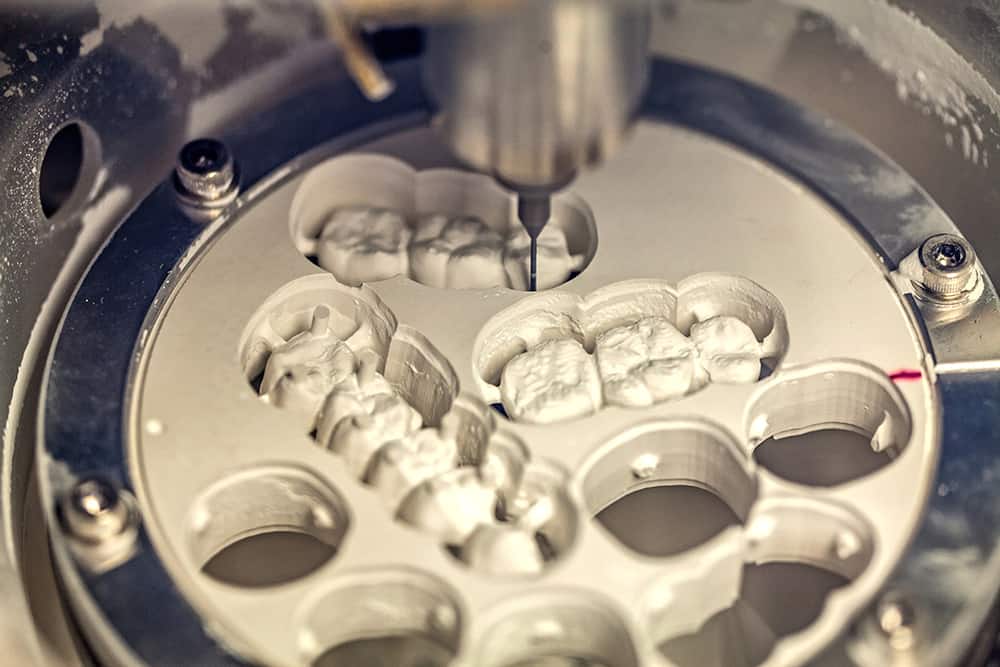
Restorations can be fabricated in a variety of materials such as IPS E.MAX or Zirconia. Because the patient and dentist already worked out any issues in the provisional step, the final restorations will have a predictable outcome. (fig.4)
Digital technology provides exceptional communication throughout the fabrication process. The visualization of 3-D software provides a tremendous tool between the doctor and the lab, with the patient also involved and able to participate in the process.
Digital Systems
There are learning curves involved with taking the step to integrate this technology. Burbank Dental Lab has been incorporating digital workflows since they first came on the market. While we can accept any STL file we are also very experienced with the following systems:
Data Management
Burbank Dental Lab provides unparalleled expertise concerning digital scans through processing a high volume of digital cases. When cases are sent digitally to the Burbank Dental Lab digital team, the following steps are done to ensure the data obtained is accurate to produce the final restoration.
A Burbank Dental Lab digital team member receives the digital file.
The prescription is evaluated to ensure all of the necessary information has been received. If anything is missing, the doctor is contacted.
The data from the intraoral scan is opened and evaluated to ensure the following:
- Clear margins
- Sufficient occlusal clearance
- Accurate bite
If any issues are identified, the dentist is contacted to address any concerns. In some instances, corrections can be made to the design file, and in other cases, it may be necessary to receive a new scan.
The Burbank Dental Lab digital support team understands the vast advantages that handling cases digitally have in terms of offering cost savings, efficiency, and overall quality. Communication has always been the key to great relationships between dentists and labs, and now with digital workflows, communication is made more collaborative and accessible than ever.


